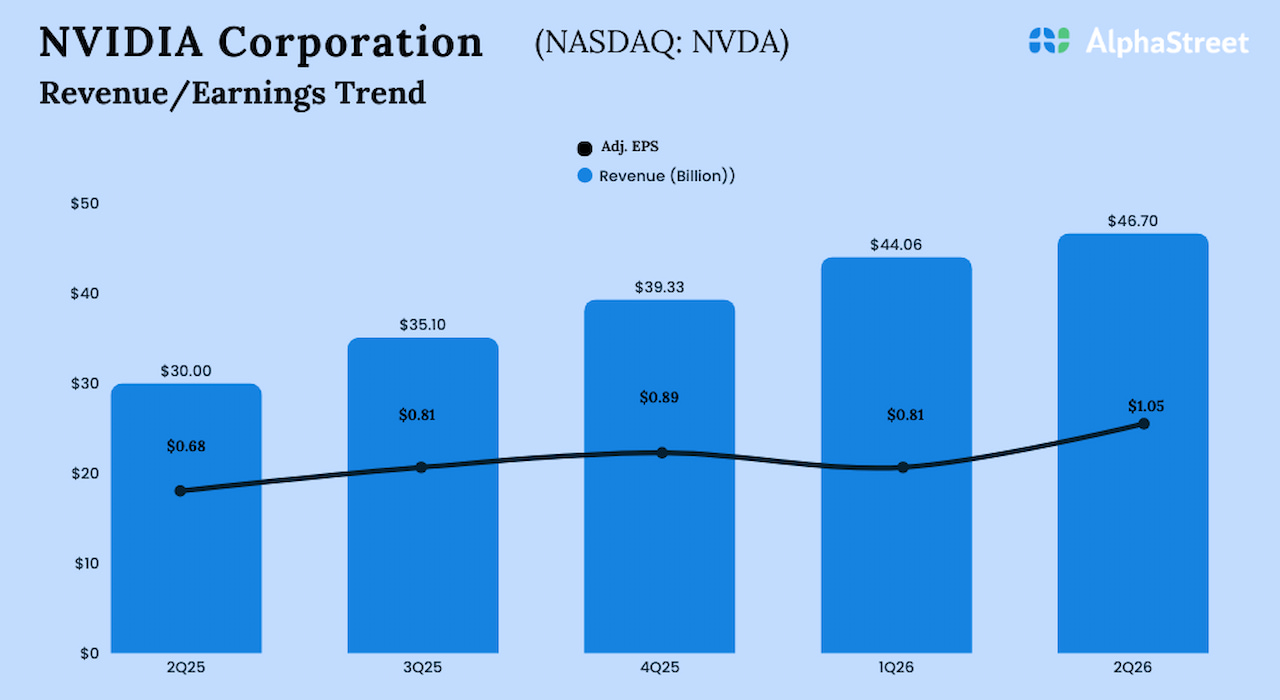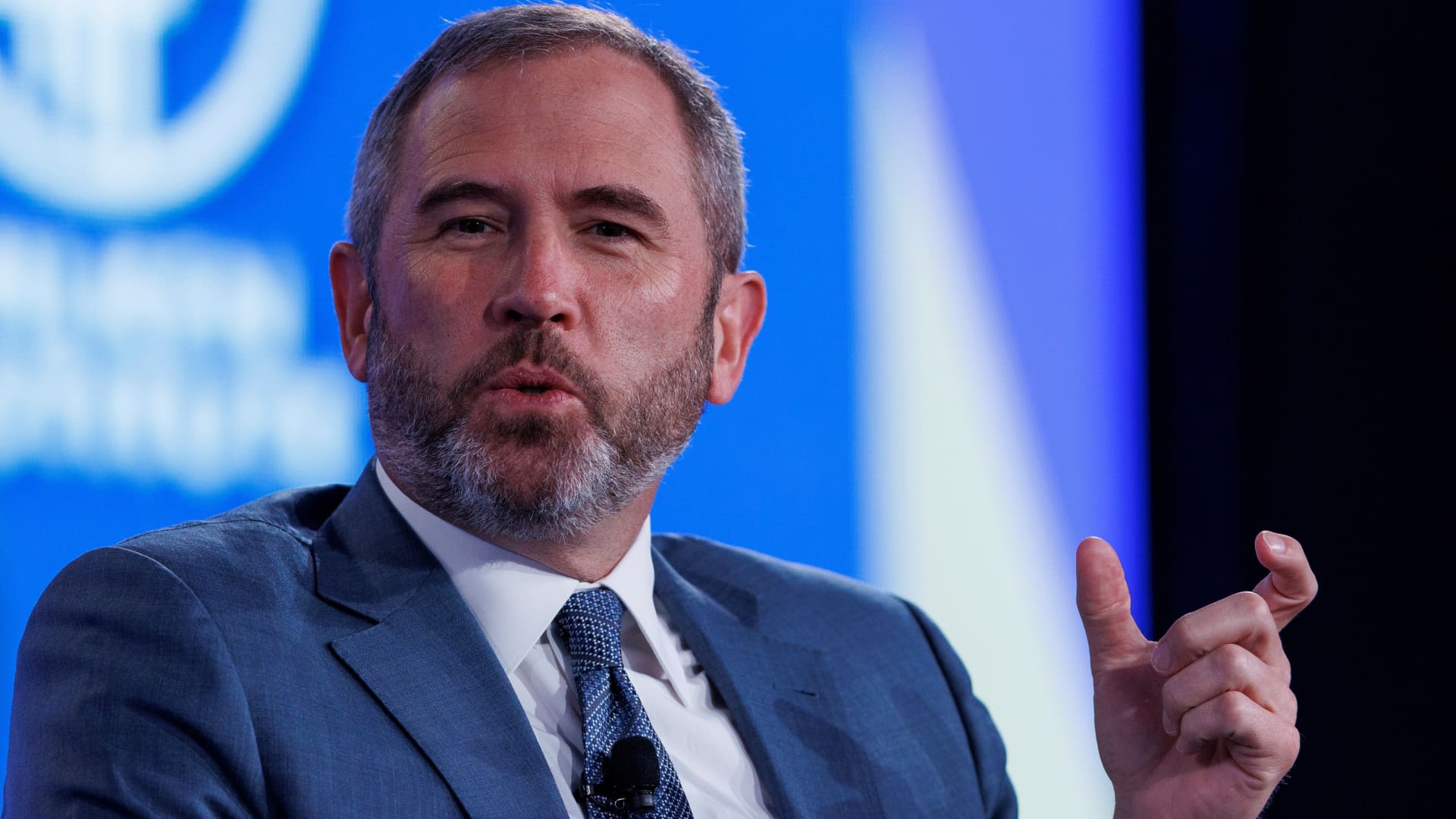Bet_Noire
The Federal Reserve hiked its key policy rate by 75 basis points for a fourth straight time on Wednesday, as expected, bringing the federal funds rate target range to 3.75%-4.00%, and indicated that it’s not done tightening policy yet. The decision was a unanimous one.
“The Committee anticipates that ongoing increases in the target range will be appropriate in order to attain a stance of monetary policy that is sufficiently restrictive to return inflation to 2% over time,” the Federal Open Market Committee said in its statement.
It also added that it will take into account the cumulative tightening of monetary policy as well as the lags with which the policy affects the economy and inflation in determining the pace of future increases, giving some hint that the Fed is starting to consider slowing the pace of hikes.
That forward-looking commentary differed from the short phrase: “anticipates that ongoing increases in the target range will be appropriate” in its September statement.
The three major U.S. stock averages spiked up after the statement. The Nasdaq +0.3%, S&P 500 +0.6%, and the Dow +0.9%; before the statement the S&P and Nasdaq were both in the red. The 10-year Treasury yield (US10Y) dipped 5 basis points to 3.98%. The U.S. Dollar Index (DXY) has slipped 0.1% to 111.40.
The market is reacting well to the well-telegraphed 75-bp increase, said SA contributor Victor Dergunov: “Cumulative tightening sounds like a possible move toward an eventual pivot. We need a relatively dovish statement from Chair Powell for this rally to continue, and we can run the S&P 500 up into the 4,000-4,200 range next.”
Greg McBride, chief financial analyst at Bankrate, says the fourth super-sized rate hike and the Fed’s message that the Fed it’s not done yet means the terminal rate will stay higher for longer. “The fourth consecutive 0.75% rate hike brings benchmark interest rates to the highest point since early 2008 – and the Fed isn’t done yet,” he said. “Upcoming meetings will bring smaller rate hikes, but a higher eventual stopping point and for a longer period once we get there.”
The central bankers went ahead with the three-quarters percentage point increase in an effort to slow inflation, which has been running stubbornly high for almost a year. The modest growth in spending and production, robust job gains in recent months and low unemployment gave them confidence that the U.S. economy could withstand another big rate hike.
In October, the core PCE price index, the Fed’s preferred gauge, rose 5.1% Y/Y, more than twice the central bank’s goal of 2%.
Earlier, ADP jobs report comes in stronger than expected for October







































